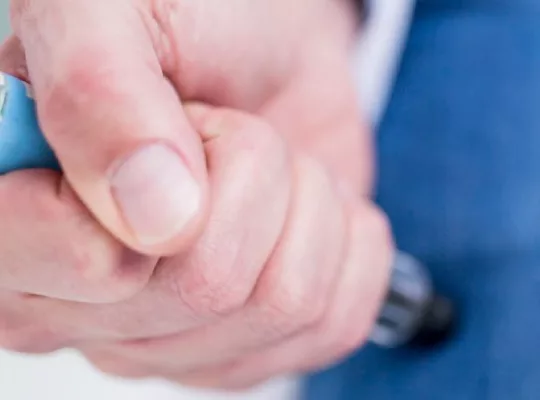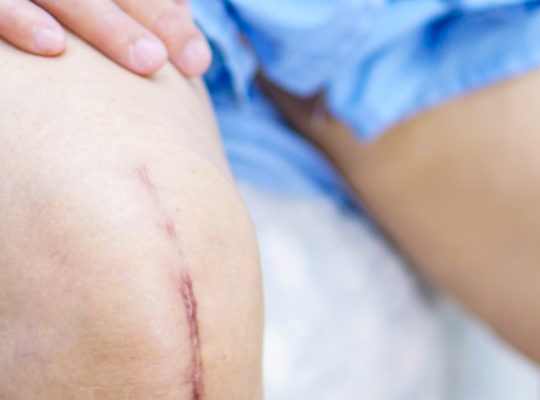When a person’s heart suddenly and unexpectedly stops beating, every second counts in saving their life. CPR (cardiopulmonary resuscitation equipment) can only help minutely for a short-time; the heart needs to be “jump-started” to start pumping regularly again. Automated external defibrillators (AED) make this possible and can save lives when used properly.
What is an AED?
An AED is a portable medical device that can deliver an electric shock through an unconscious person’s chest to their heart. The shock can stop an irregular heart beat or allow a normal heart beat to start in the case of a sudden cardiac arrest.
How does an AED work?
The AED has adhesive electrodes that are attached to the unconscious person. Once the AED is turned on, the computer will give instructions for the administer to follow. The electrodes send information about the unconscious person’s heart rate to the computer. The computer then calculates if defibrillation is needed. If it is, the computer will tell the rescuer to press the shock button on the AED. The shock will momentarily stop the heart to allow the heart an opportunity to start beating regularly. After an administered shock the AED will check again for the heart rhythm.
Where are AED’s located?
Most public places including stores, schools and airports have AEDs located in their buildings. All first-response vehicles including law-enforcement vehicles, ambulances and fire engines should have AEDs.
Do you need training to use an AED?
In an emergency if there is no one AED trained, anyone can administer the system; however, it is preferred that a person has training to operate the device. AED training is available in addition to CPR courses through many organizations including local and national organizations like the American Heart Association and the American Red Cross. For more information on training courses available, you can visit www.heart.org
References
Red Cross: How To Use AEDs
http://www.heart.org/idc/groups/heart-public/@wcm/@hcm/documents/downloadable/ucm_300340.pdf





